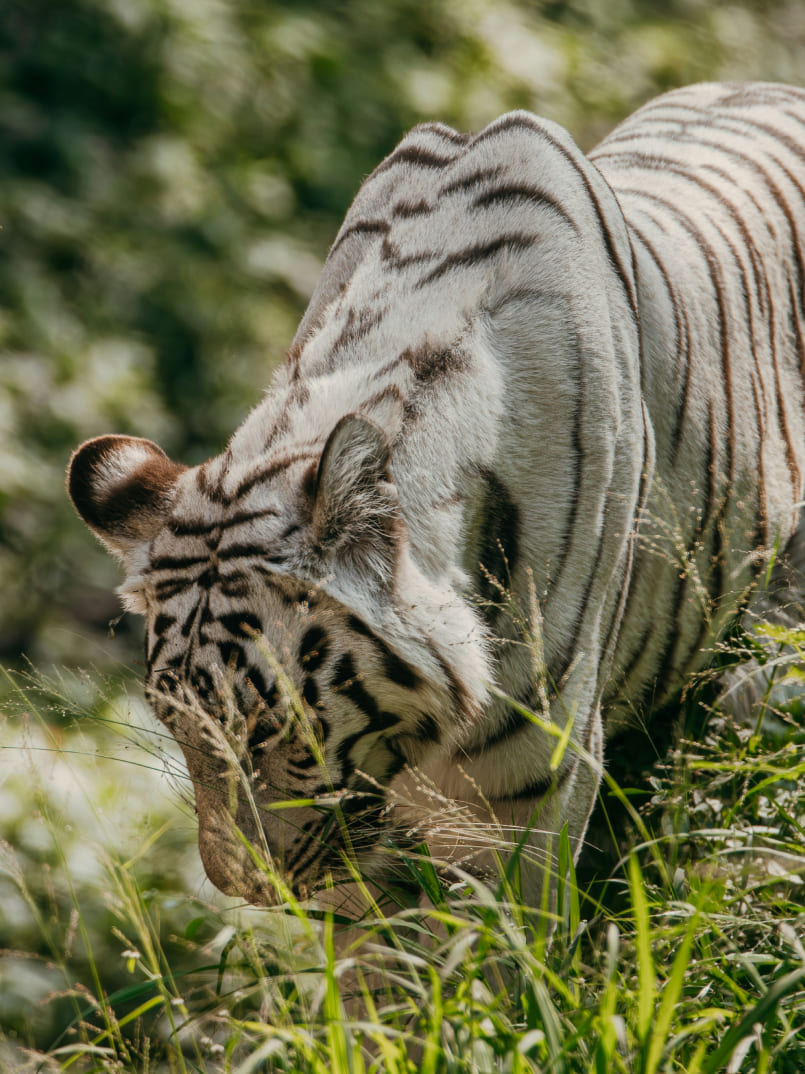
How the Savanna Protects and Supports Its Wildlife
The savanna, with its golden grasslands, sparse trees, and diverse ecosystems, is not just a home for wildlife; it is a dynamic environment that nurtures and safeguards its inhabitants. This vast biome provides animals with essential resources, natural defenses, and a balanced ecosystem that ensures survival.




